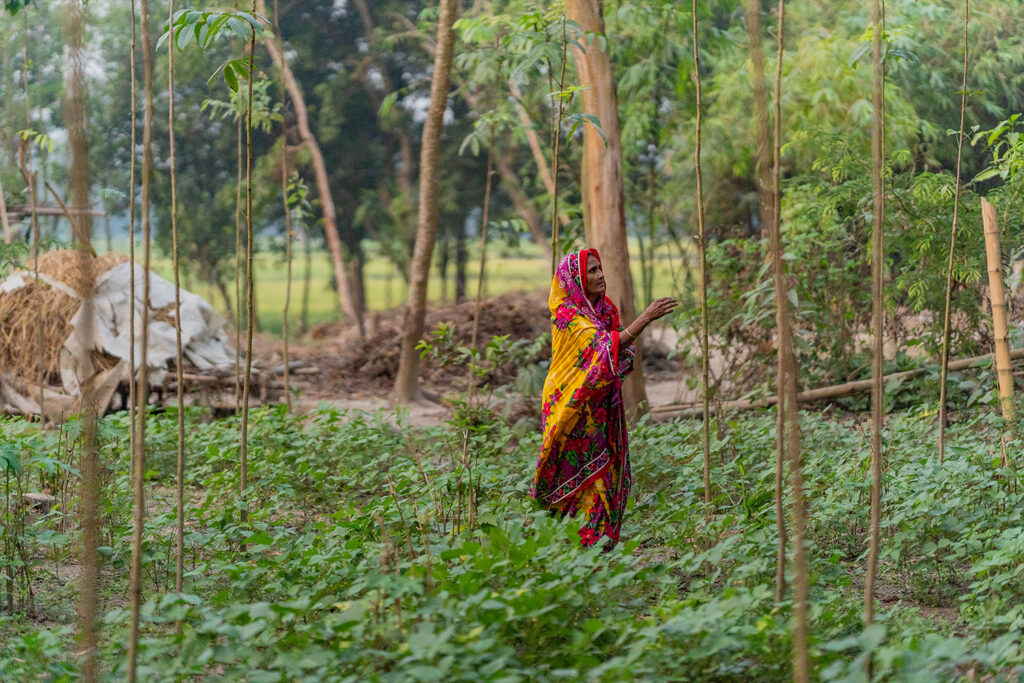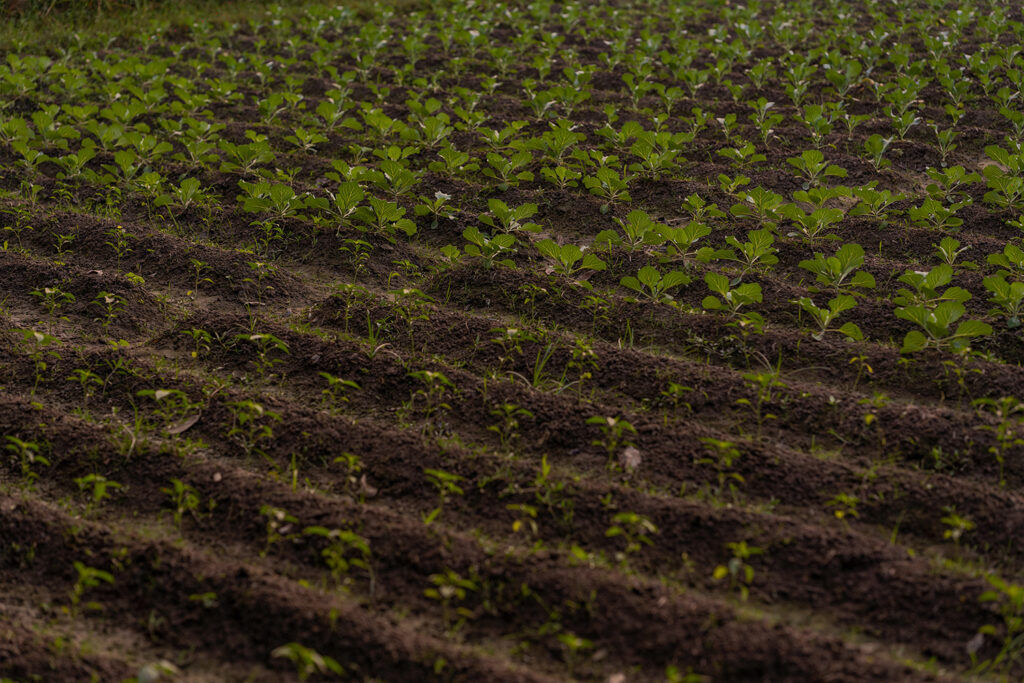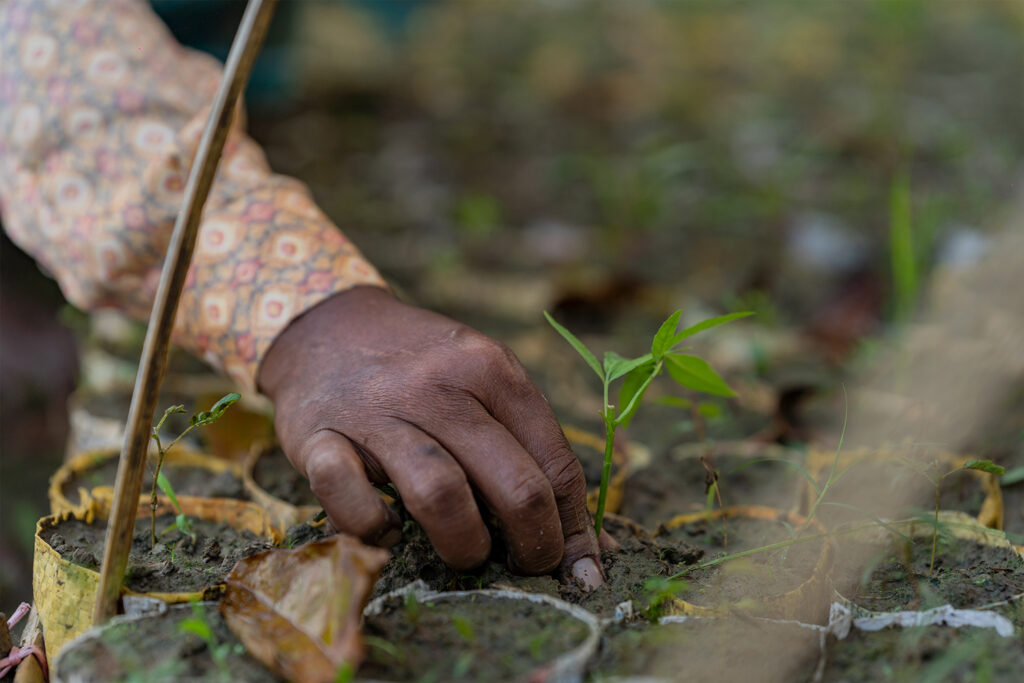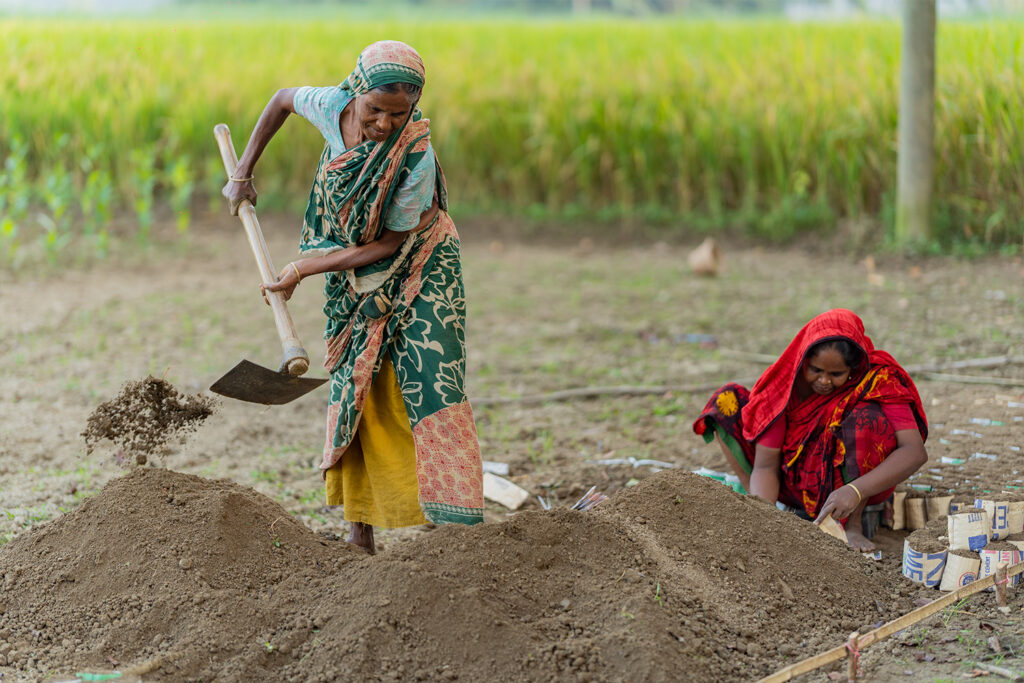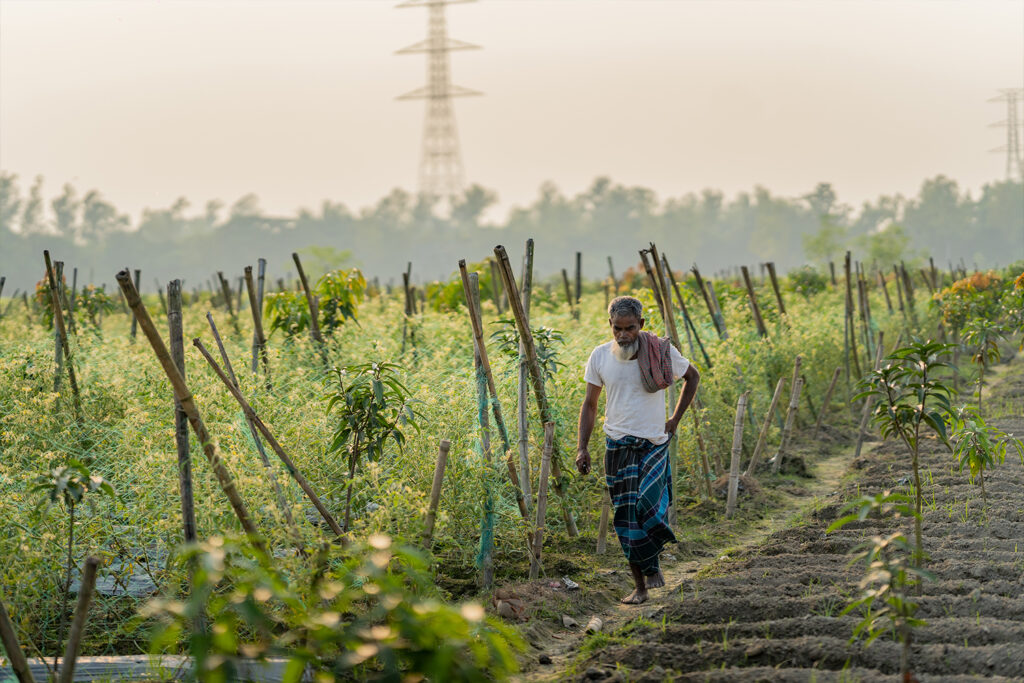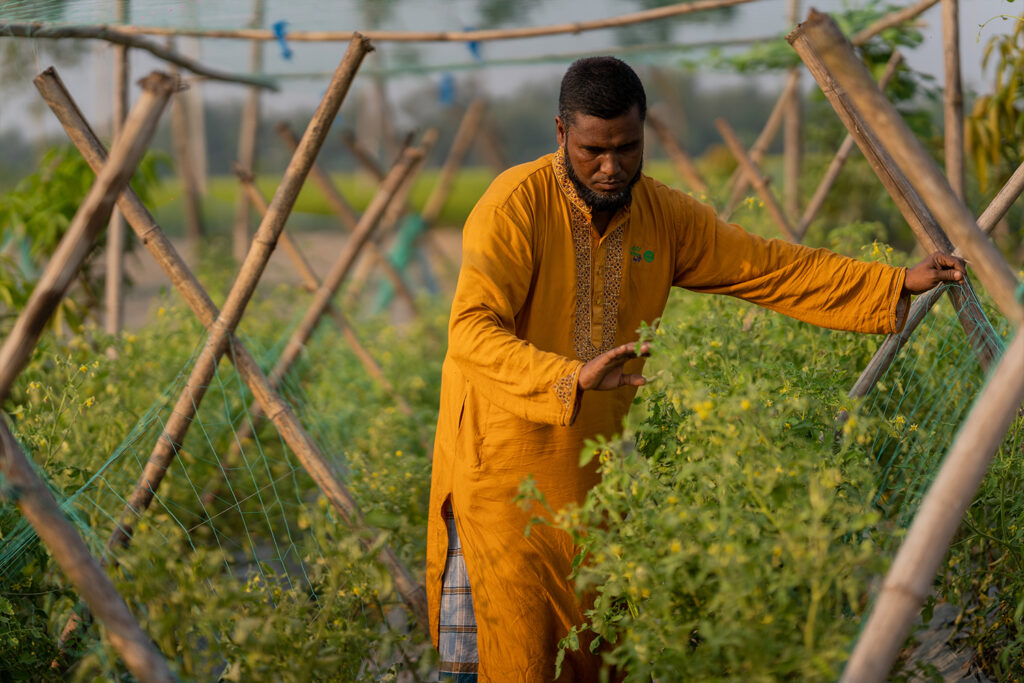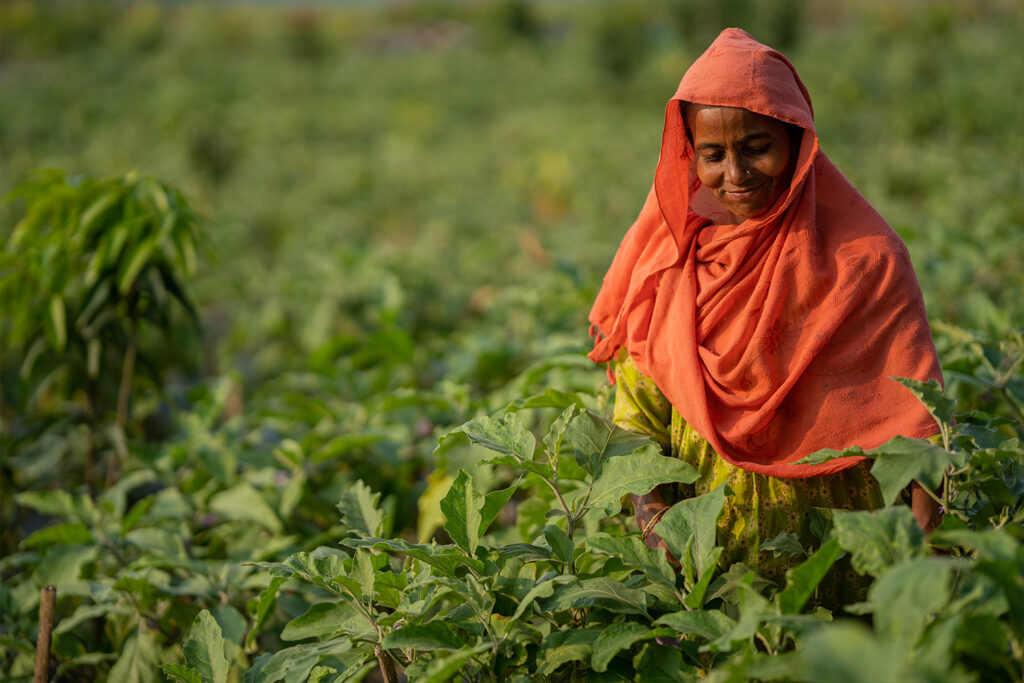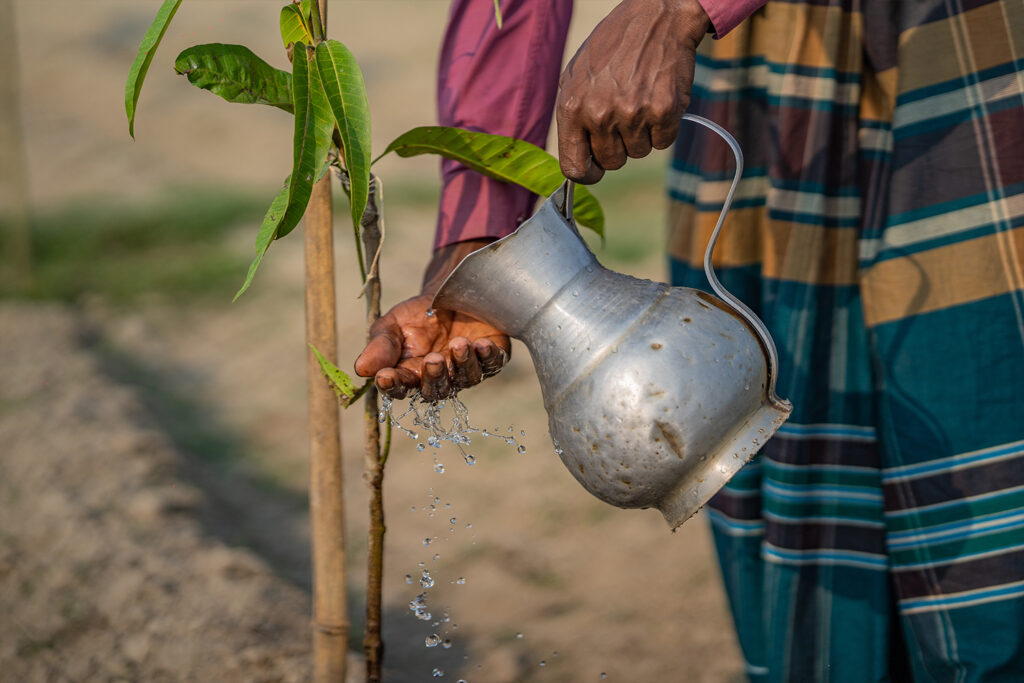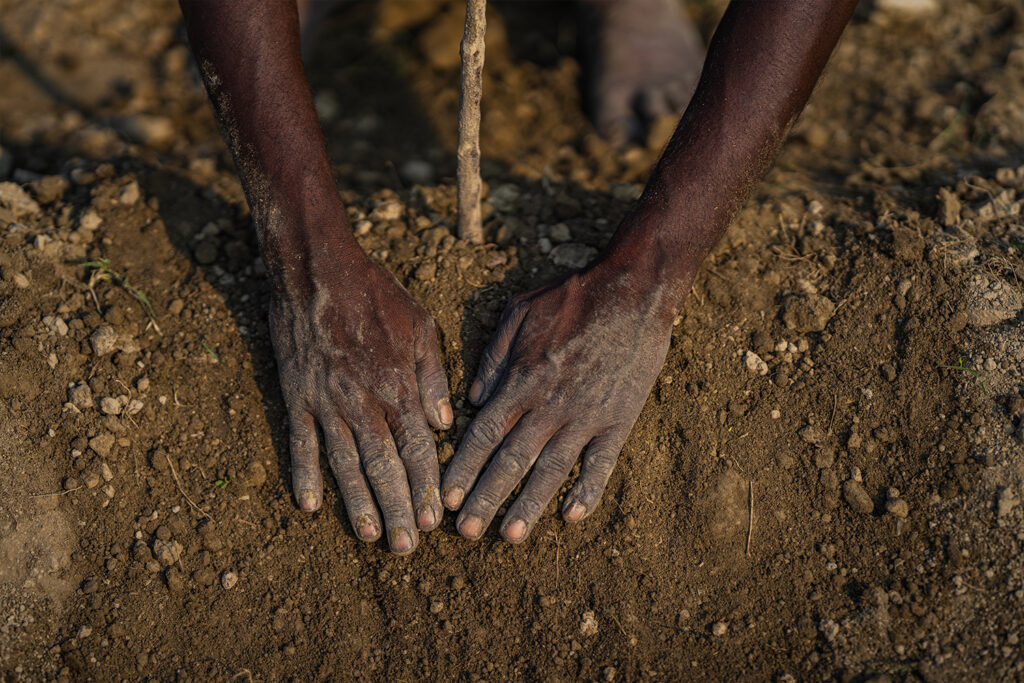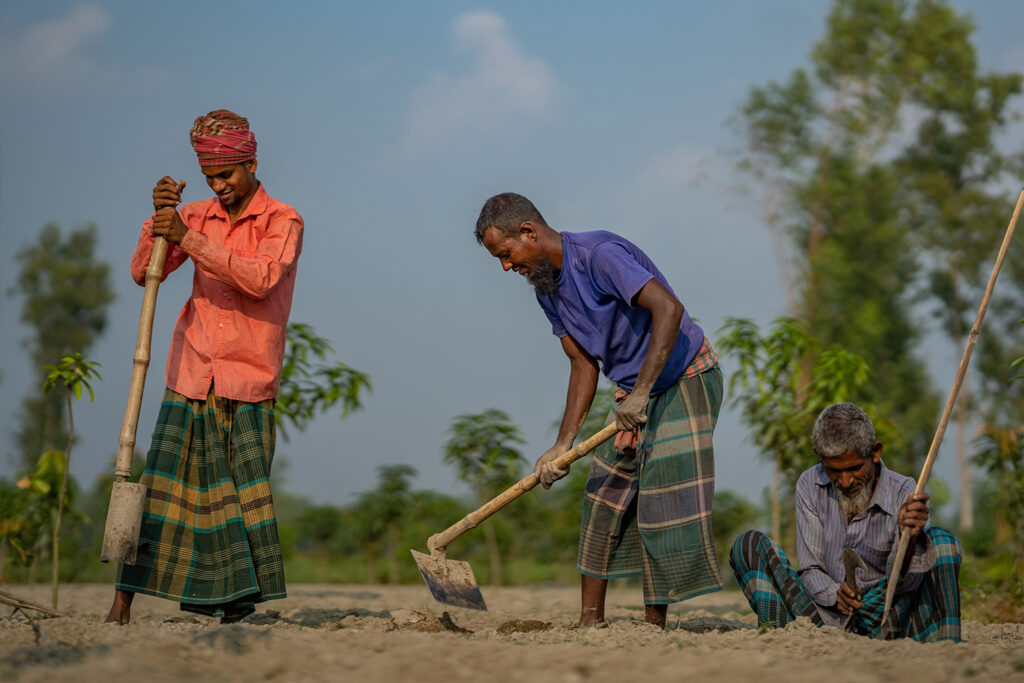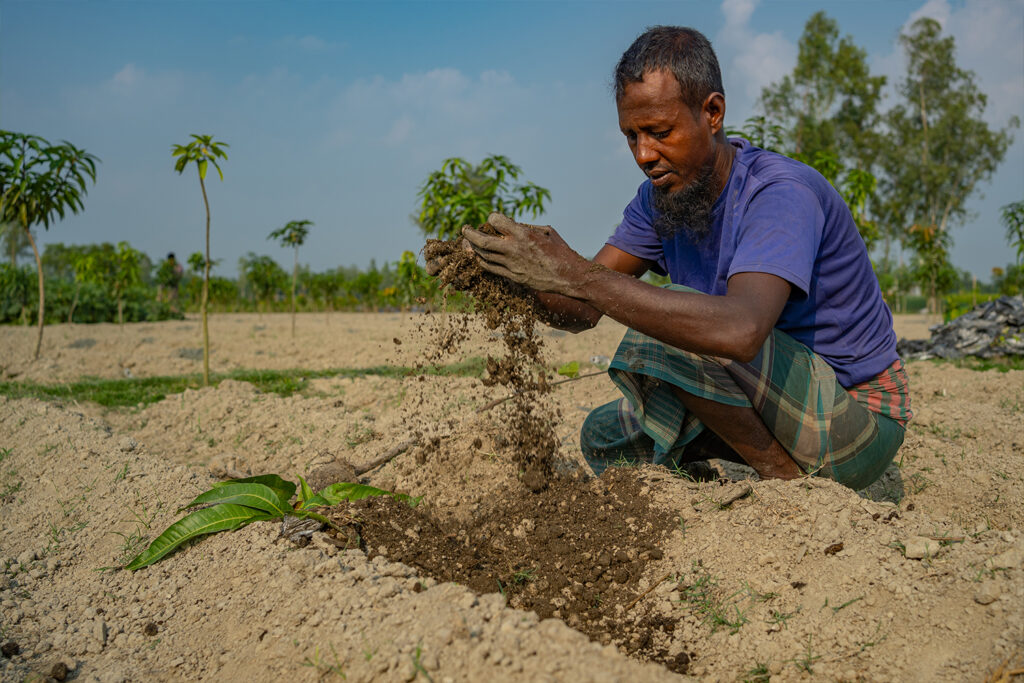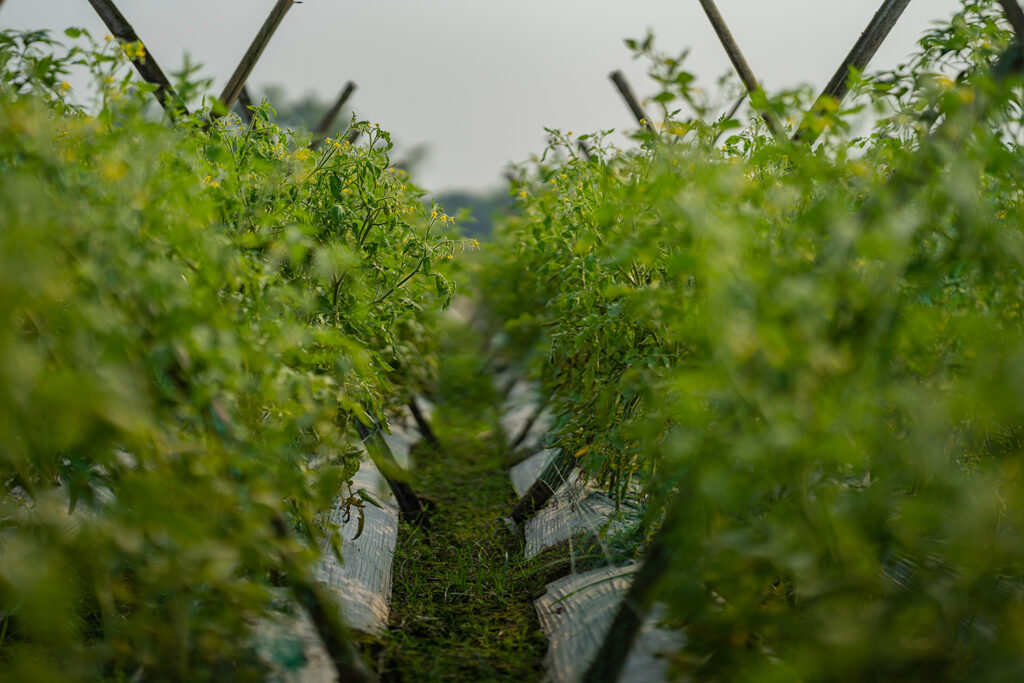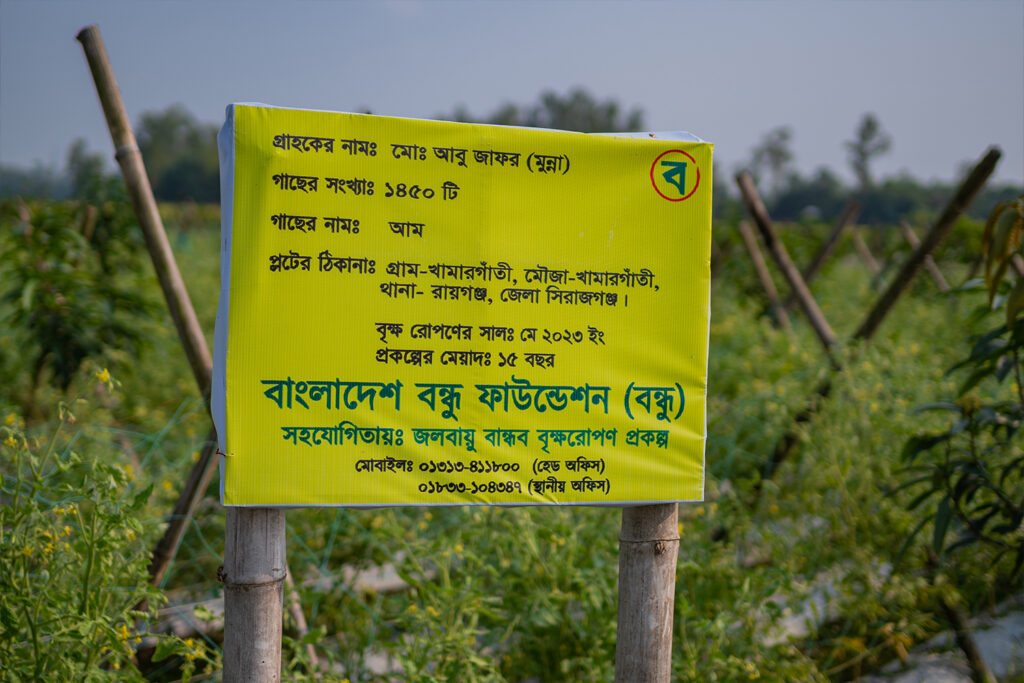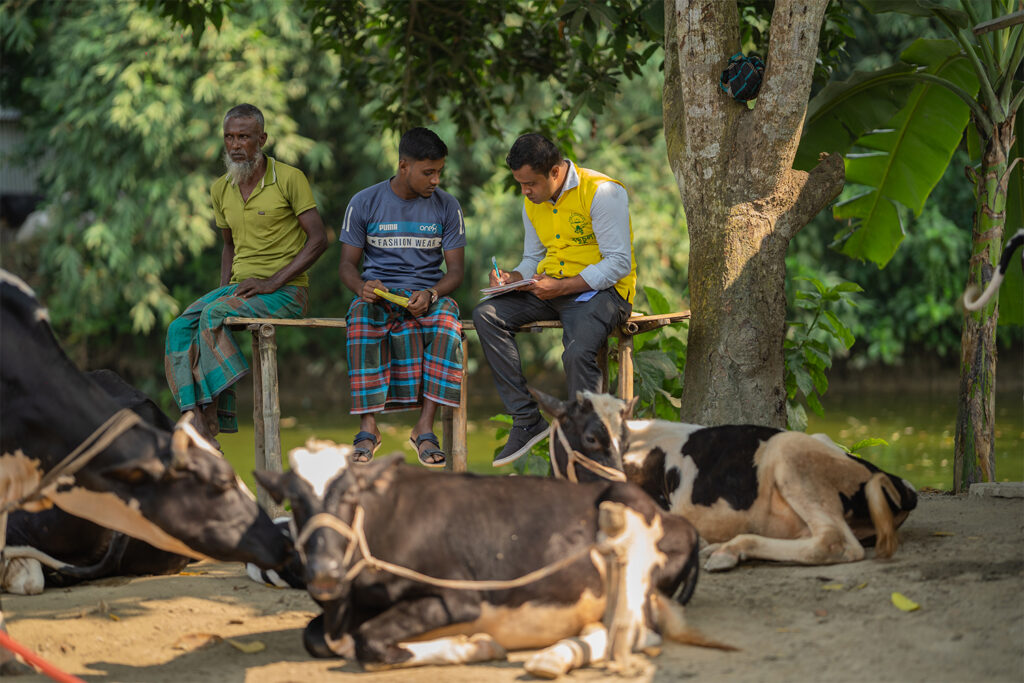Amader Brikkho,
Amader Bhabishyot
Ecosystem-based Land Management in Bangladesh
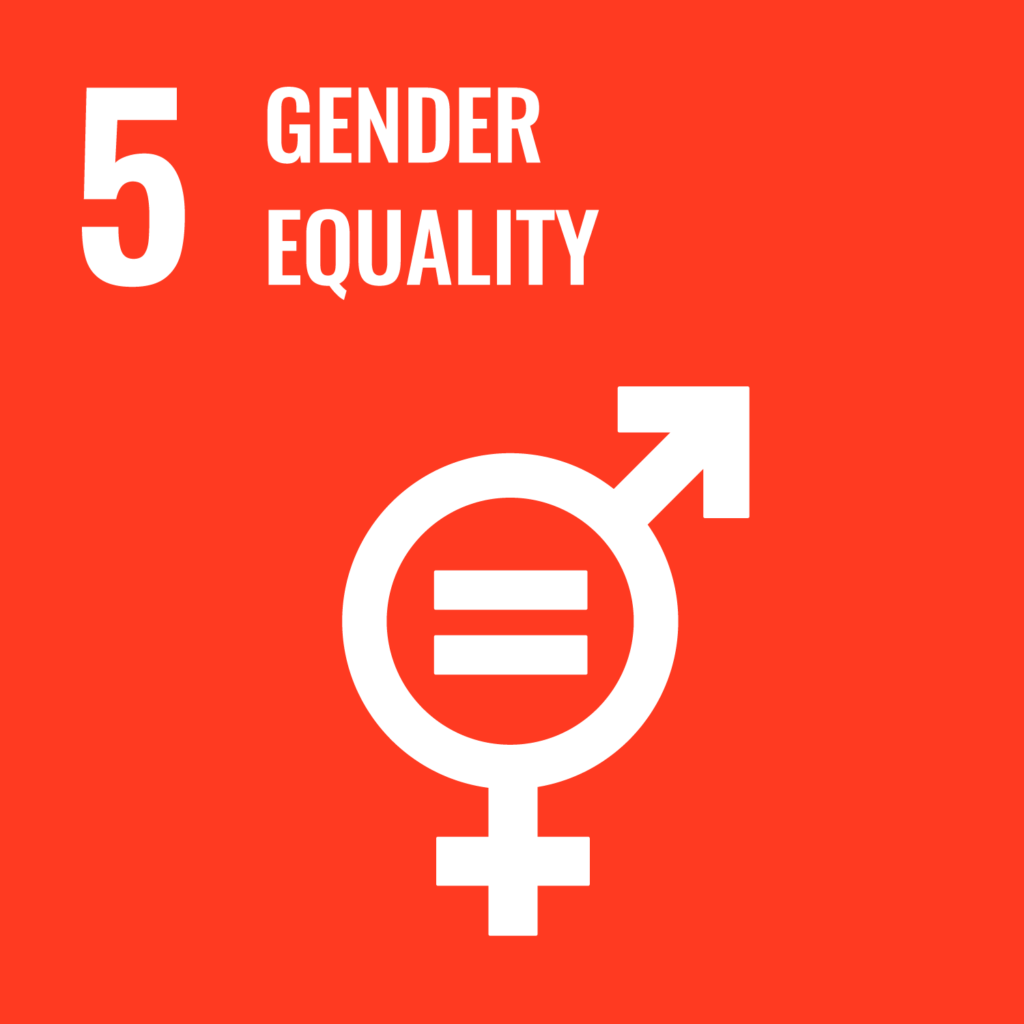
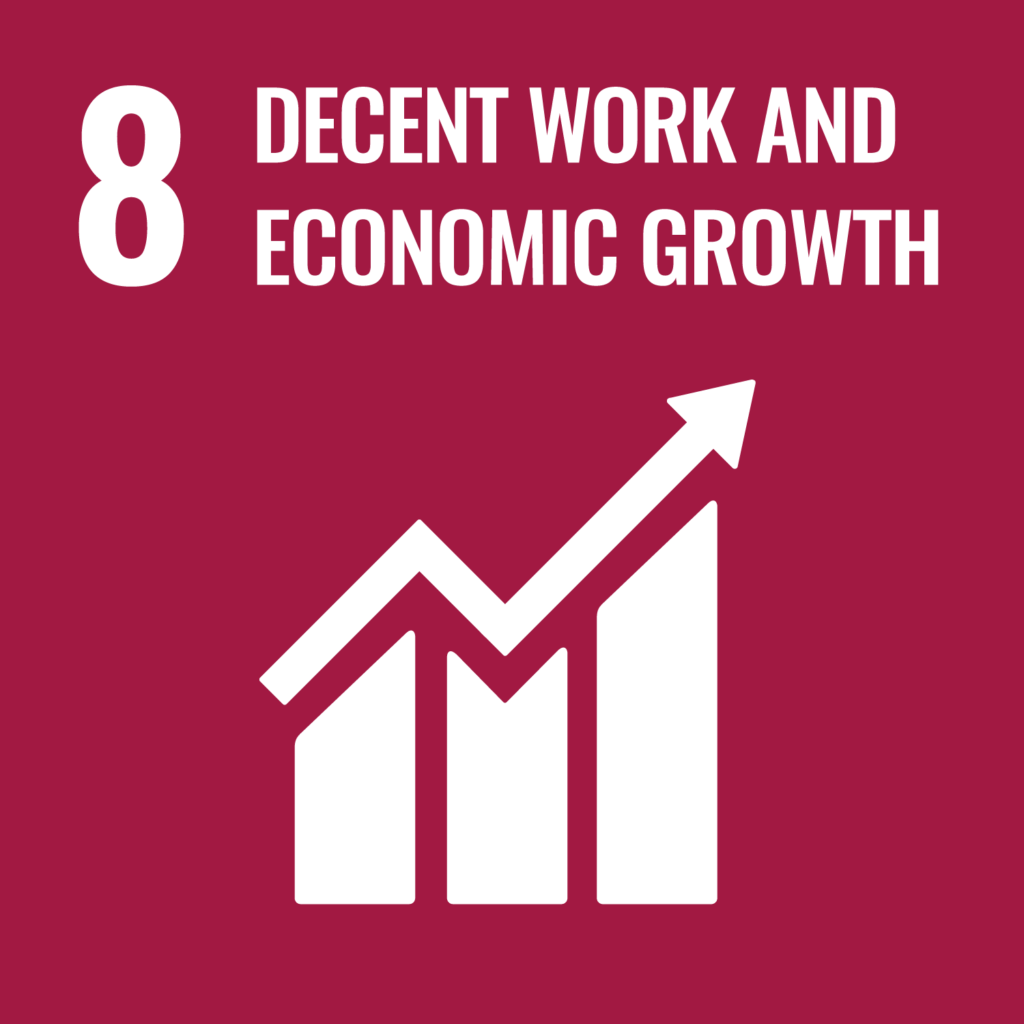
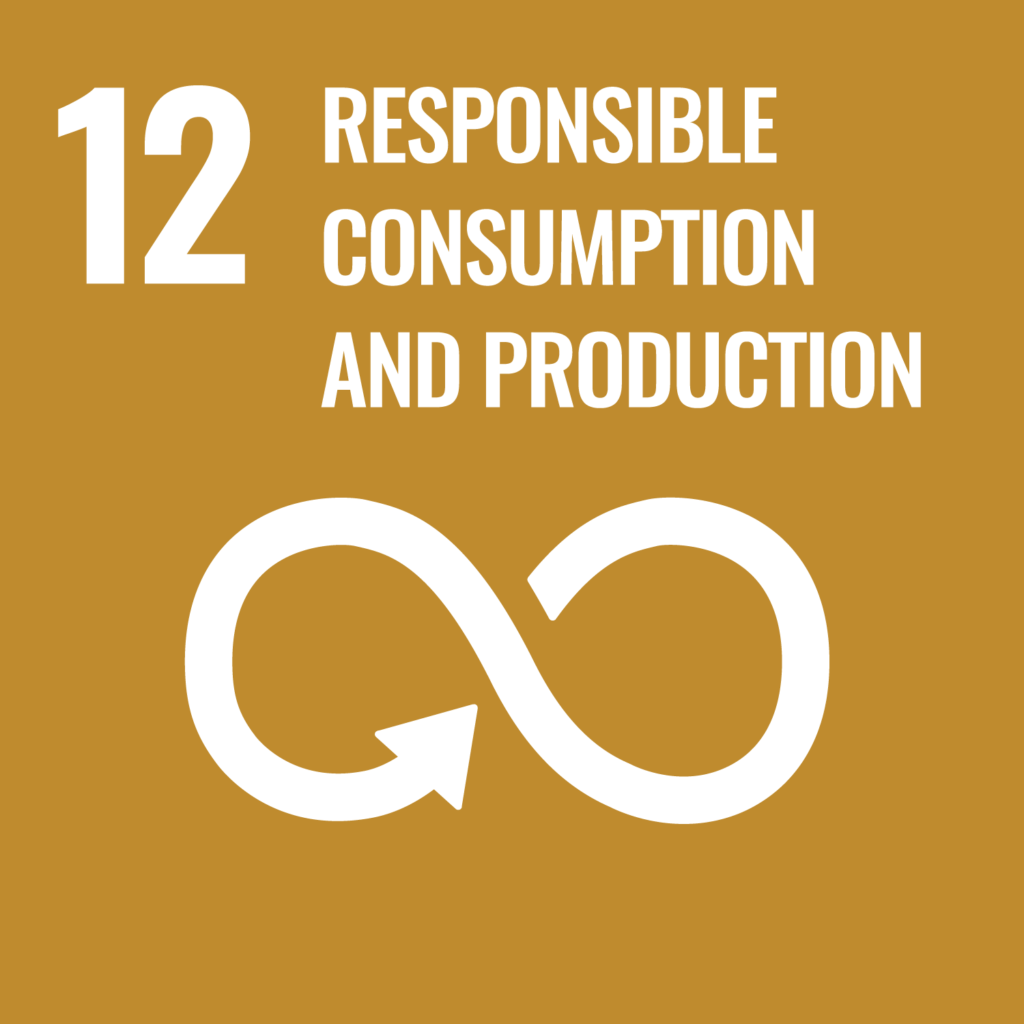
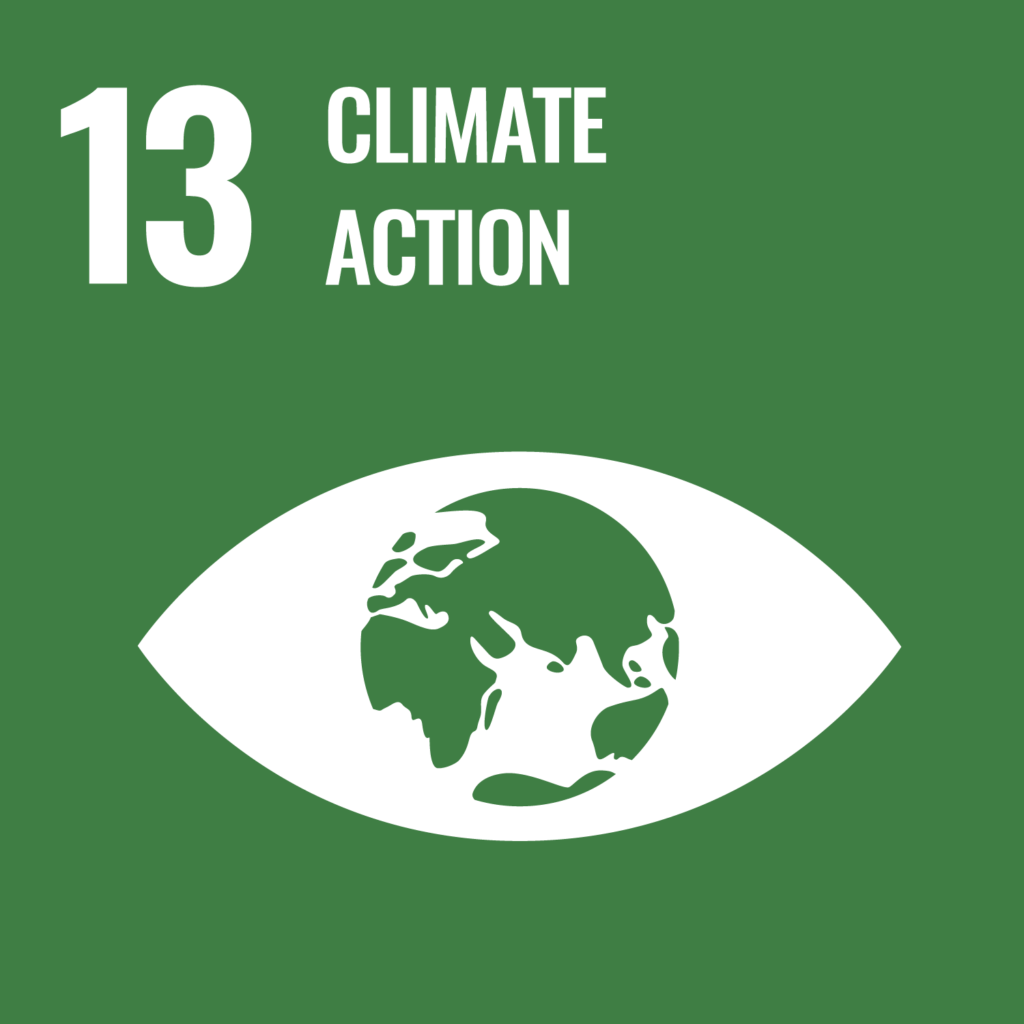
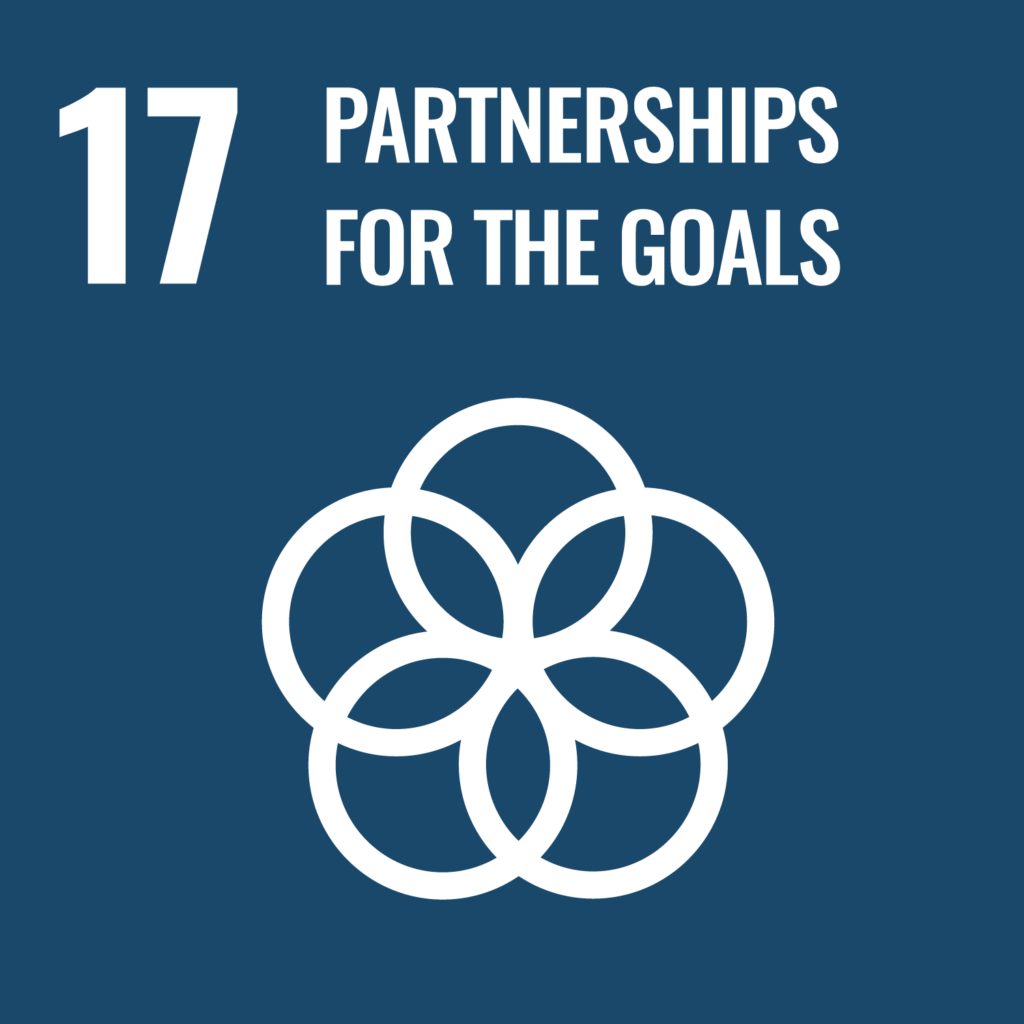
Bangladesh’s unique biodiversity, varied flora, and wildlife are threatened by increased degradation. In addition, the livelihoods of communities in an increasingly densely populated country face immense stress. So do the forest areas. This social forestry project uses a participatory approach involving rural Bangla communities to plant native species of trees. Afforestation through trees outside of forests contributes to income generation, biodiversity conservation, soil erosion control, and carbon sequestration while helping improve the rural economy.
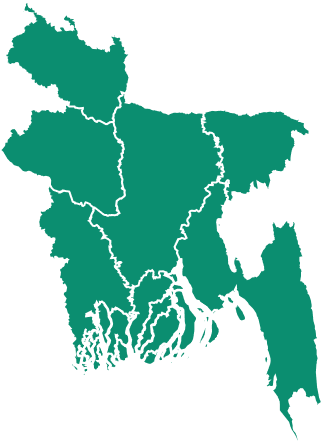
Bangladesh
Project Location: Across all 64 districts in Bangladesh
Methodology: Afforestation, Reforestation, and Revegetation (ARR)
Standard: Gold Standard
![]() Current Plantation: 5 million trees
Current Plantation: 5 million trees
![]() Proposed Plantation: 20 million trees
Proposed Plantation: 20 million trees
![]() Lifetime Reductions: 4.9 million+ tCO2e
Lifetime Reductions: 4.9 million+ tCO2e
![]() Annual Reductions: 166,500+ tCO2e
Annual Reductions: 166,500+ tCO2e
Species
Phoenix sylvestris
Areca Catechu
Tectona Grandis
Anthocephalus Chinensis
Cocos Nucifera
Albizia Lebbeck
Cassia Fistula
Tamarindus Indica
Nature-based Solutions for Sustainable Livelihoods
Our social forestry program in Bangladesh facilitates the provision of alternative livelihoods and strengthens ecosystem management of natural resources within agricultural landscapes and watersheds. Key activities include a nationwide tree-planting movement, environmental stewardship, increasing market connectivity, and developing entrepreneurial capacities. The organized market linkages created by this project aim to enable significant economic growth among local rural populations. Community afforestation programs like this ensure long-term sustainability and strengthen local ecosystem resilience.
Meeting Social Goals through Blue Carbon

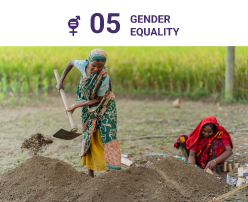
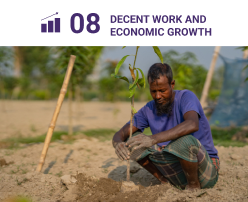
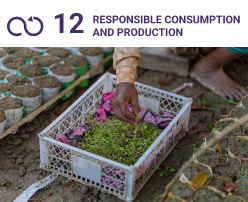
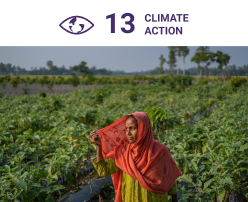
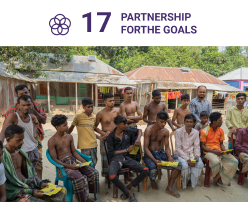
We design social forestry initiatives to pave the way for inclusive gender participation. This program’s banner loosely translates to ‘Our trees, Our future,’ which directly works with women to spread this message and actively involve them as participants. We have achieved over 50% participation from women in implementation and 80% involvement in awareness building.
The program follows an outcome-based payment model, wherein community members receive the saplings for free and compensation for nursery management, planting, and maintenance. Additionally, the tree produce is completely under the stewardship of the communities, which leads to significant economic activity.
This social forestry implementation mandates the use of only natural inputs in community forestry. Bangladesh’s rural communities are provided extensive training to demonstrate the usage of organic inputs and natural agroforestry techniques. The scale of this program, which spreads across all districts of Bangladesh, will significantly impact agricultural products, resulting in a cleaner, chemical-free world for consumption. The project will also educate and enable participants with skills for more sustainable and efficient use of natural resources.
Our solution serves as a showcase for megascale nationwide participatory climate action. The project will enable a large-scale carbon removal opportunity and help make communities aware of the environmental benefits of tree planting. This form of dispersed planting will additionally help strengthen community resilience and adaptive capacity to climate-related hazards while reducing dependency on forests.
This one-of-a-kind execution sees participation from government bodies, civil society, academia, grassroots community bodies, and rural families. The network of people is the most important facet of this social forestry program. Hence, the term “social” takes prominence when describing this project. The institutional mechanism of this project is multilayered and showcases a unique FPIC process, implementation design, and bottom-up participatory MRV protocols.
Striving for Equal Opportunity

We design social forestry initiatives to pave the way for inclusive gender participation. This program’s banner loosely translates to ‘Our trees, Our future,’ which directly works with women to spread this message and actively involve them as participants. We have achieved over 50% participation from women in implementation and 80% involvement in awareness building.
Forestry for Income Generation

The program follows an outcome-based payment model, wherein community members receive the saplings for free and compensation for nursery management, planting, and maintenance. Additionally, the tree produce is completely under the stewardship of the communities, which leads to significant economic activity.
Nationwide Chemical-free Produce

This social forestry implementation mandates the use of only natural inputs in community forestry. Bangladesh’s rural communities are provided extensive training to demonstrate the usage of organic inputs and natural agroforestry techniques. The scale of this program, which spreads across all districts of Bangladesh, will significantly impact agricultural products, resulting in a cleaner, chemical-free world for consumption. The project will also educate and enable participants with skills for more sustainable and efficient use of natural resources.
Grassroots Climate Action at Scale

Our solution serves as a showcase for megascale nationwide participatory climate action. The project will enable a large-scale carbon removal opportunity and help make communities aware of the environmental benefits of tree planting. This form of dispersed planting will additionally help strengthen community resilience and adaptive capacity to climate-related hazards while reducing dependency on forests.
A Nation Coming Together
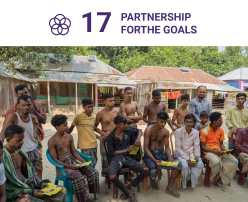
This one-of-a-kind execution sees participation from government bodies, civil society, academia, grassroots community bodies, and rural families. The network of people is the most important facet of this social forestry program. Hence, the term “social” takes prominence when describing this project. The institutional mechanism of this project is multilayered and showcases a unique FPIC process, implementation design, and bottom-up participatory MRV protocols.
Gallery
